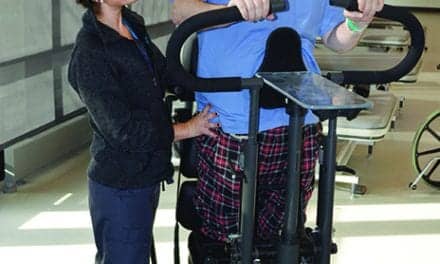Last Updated: 2008-03-04 11:32:37 -0400 (Reuters Health)
NEW YORK (Reuters Health) – Rosuvastatin, given intravenously, protects mice from induced focal brain ischemia, according to a report in the February issue of Stroke.
"Statins have cholesterol-independent direct vascular effects and therefore might be beneficial in acute vascular patients (stroke, MI)," Dr. Matthias Endres from Charite Universitaetsmedizin Berlin, Germany told Reuters Health.
Dr. Endres and colleagues tested the effects of intravenous and intraperitoneal administration of rosuvastatin in a mouse model of focal cerebral ischemia induced by a 60-minute filamentous occlusion of the middle cerebral artery followed by reperfusion.
At doses of 0.2 and 2.0 mg/kg intravenously, rosuvastatin significantly reduced lesion size when administered 1 hour and 4 hours after artery occlusion, the researchers report. Doses of 2.0 mg/kg also provided significant protection when given at 6 hours.
High doses of rosuvastatin intraperitoneally (20 mg/kg) provided protection when given 1 hour after induced ischemia but not when given at 3 hours.
Rosuvastatin administration did not result in significant changes in blood pressure, heart rate, arterial oxygen or carbon dioxide concentrations, pH, or rectal temperatures.
Rosuvastatin-treated mice had mild functional deficits 5 days after reperfusion, the researchers note, compared with moderate functional deficits in vehicle-treated mice.
Significant increases in eNOS, phospho-eNOS, and phospho-Akt peripherally and in cerebral vascular beds followed treatment with rosuvastatin as early as 1 hour after administration, the investigators say. They add, "We have previously demonstrated that the stroke protective effects of chronic statin treatment are, at least in part, mediated by upregulation of eNOS in the vascular wall."
"The next step would be a clinical trial," Dr. Endres said. "However, this is presently not planned. Presently, there is no intravenous statin formulation available for clinical use (albeit this is pharmacologically feasible)."
Stroke 2008;39:433-438.
Copyright Reuters 2008. Click for Restrictions


